People used to call Anika the Snap Queen. Between the ages of 19 and 21, she was “obsessed with Snapchat, to the point where I had 4,000 followers”. At the peak of her “tragic” behaviour, she reckons now – a year after quitting the image-sharing app – she was taking 25 selfies a day.
She liked the sense of having a platform, she says, with the average selfie getting 300 replies. “It was like, ‘Oh my God, I’m so popular – I’ve gotta show my face.’” But the filters were also part of the appeal. The Londoner had long been insecure about the slight bump in her nose. Snapchat’s fun effects, which let you embellish your selfies with dog ears, flower crowns and the like, would also erase the bump entirely. “I’d think, ‘I’d like to look how I look with this filter that makes my nose look slimmer.’”
Socialising in the real world, she would choose her seat to avoid being seen in profile. She recognises that this was irrational – “but it happens. I feel like we’re in a world where a lot of people are seen to be perfect, and so we try and reach that peak.”
Sometimes her followers would suggest meeting in person. “Then it would be like, ‘I have to look like my selfie.’” It was around this time, the height of her Snapchat obsession, that Anika started contacting cosmetic doctors on Instagram.
The phenomenon of people requesting procedures to resemble their digital image has been referred to – sometimes flippantly, sometimes as a harbinger of end times – as “Snapchat dysmorphia”. The term was coined by the cosmetic doctor Tijion Esho, founder of the Esho clinics in London and Newcastle. He had noticed that where patients had once brought in pictures of celebrities with their ideal nose or jaw, they were now pointing to photos of themselves.
While some used their selfies – typically edited with Snapchat or the airbrushing app Facetune – as a guide, others would say, “‘I want to actually look like this’, with the large eyes and the pixel-perfect skin,” says Esho. “And that’s an unrealistic, unattainable thing.”
A recent report in the US medical journal JAMA Facial Plastic Surgery suggested that filtered images’ “blurring the line of reality and fantasy” could be triggering body dysmorphic disorder (BDD), a mental health condition where people become fixated on imagined defects in their appearance.
Like Esho, Dr Wassim Taktouk uses non-surgical, non-permanent “injectables” such as Botox and dermal fillers to enlarge lips or smooth a bumpy nose. He recalls a client coming to see him in his cream-carpeted Kensington clinic, upset after a date made through an app had gone south. “When she’d met the man, he had been quite disparaging: ‘You don’t look anything like your picture.’”
The woman showed Taktouk the heavily filtered image on her profile and said: “I want to look like that.” It was flawless, he says – “without a single marking of a normal human face”. He told her he couldn’t help. “If that’s the picture you’re going to put out of yourself, you’re setting yourself up for disappointment.”
Why do we take so many photos of ourselves? A 2017 study into “selfitis”, as the obsessive taking of selfies has been called, found a range of motivations, from seeking social status to shaking off depressive thoughts and – of course – capturing a memorable moment. Another study suggested that selfies served “a private and internal purpose”, with the majority never shared with anyone or posted anywhere – terabytes, even petabytes of photographs never to be seen by anyone other than their subject.
With so much of life now lived online, from dating to job-hunting, recent, quality images of yourself are also a necessity – it is no wonder that Facetune (Apple’s most popular paid-for app of 2017) and the free follow-up Facetune2 have more than 55m users between them. Stav Tishler of Lightricks, the company behind them, says making airbrushing accessible has challenged “that illusion that ‘a perfect body’ exists … and levelled out the playing field”: “Everyone knows everyone is using it, supermodels and ‘everyday’ people alike.”
However, a 2017 study in the journal Cognitive Research: Principles and Implications found that people only recognised manipulated images 60%-65% of the time. Esho says the pervasiveness of airbrushing on social media means it can create “unrealistic expectations of what is normal” and lower the self-esteem of those who don’t use it: “It’s a vicious cycle.”
When the American Academy of Facial Plastic and Reconstructive Surgery surveyed its members in 2017, 55% of surgeons said patients’ motivation was to look better in selfies, up from just 13% in 2016.
Even novelty filters such as Snapchat and Instagram’s, as well as adding bunny ears or specs to your selfie, plump your lips, erase your pores and lift your jowls while they are at it. (Snapchat declined to respond on the record.)
“The first thing that any of these filters do is give you a beautiful complexion,” says Taktouk. “Your naso-labial [laugh] lines, from the nose to mouth, aren’t existent – but that’s not a human face. No one doesn’t have those. You can see them in children.” Clients still request their removal, and of “the tear trough” – the groove down from the inner corners of the eyes. “People wanting bigger eyes is another one – it’s just not possible.”
The filtered-selfie look is also reflected in demand for bigger lips and taut jawlines. Such so-called “tweakments” have exploded in recent years, thanks to their relative affordability and convenience. A “liquid nose job” using fillers might cost a few hundred pounds and takes instant effect, compared with the slow, painful recovery from a surgical rhinoplasty. Marla, 29, from New York, got her “perfect nose” last year while on her lunch break. “I went back to work feeling just so much more polished and confident – like I was even writing my emails better.”
Like Anika, she had always been bothered by the bump in her nose, religiously removing it from selfies; but she began exploring real-world options after a painful breakup. A list of pros and cons revealed that the potential risks – of her parents’ disapproval and “necrosis of the face” (“It’s very rare, but it’s definitely a thing”) – did not outweigh the benefits of having “the nose I create for myself on Facetune”.
The rise of fillers – anything from collagen and hyaluronic acid, which break down in a matter of months, to the permanent but riskier polymethyl methacrylate beads – has been accelerated by celebrity endorsements from the likes of the Kardashian clan. The removal and subsequent return of Kylie Jenner’s lip fillers have been followed with particular interest. Some doctors try to capitalise on this with “the Kylie package” for nose, jaw and lips, says Taktouk, disapprovingly. Ten years ago, his clients were deeply concerned with patient confidentiality; “Now, it’s ‘Do you mind if I Insta-story this?’ It’s not taboo any more.” He has seen lips advertised for £150 and noses for £200-£300. “And that’s one of the trickiest procedures of the lot.”
Fillers may be less invasive than surgery, but they are not without their risks, which range from uneven results and infection to vascular blockages and even blindness. Save Face, the UK’s largest register of accredited practitioners of non-surgical treatments, says almost 1,000 complaints were made in the year to October. Yet there is little regulation and no minimum age. “We have more protections for houses than we do children’s faces,” says Esho, who has campaigned for crackdowns. “It’s crazy.”
-Elle Hunt, The Guardian
Read more, including practical advice for parents: Faking It: How Selfie Dysmorphia is Driving People to Seek Surgery
Image by Marvin Meyer from Unsplash


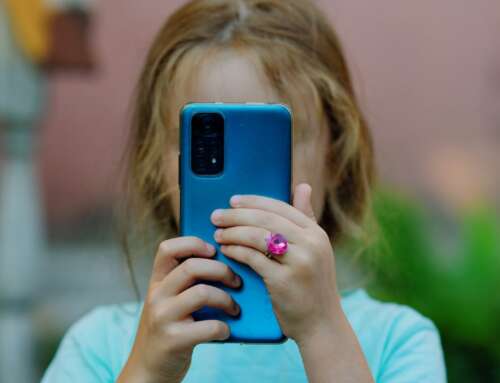
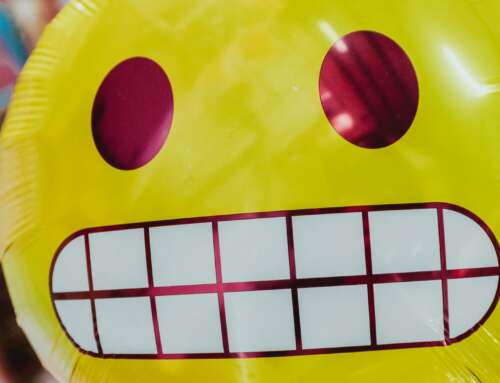
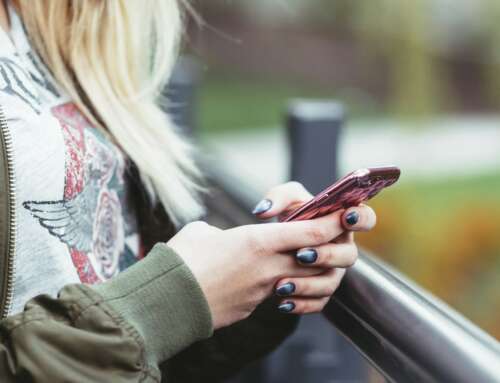
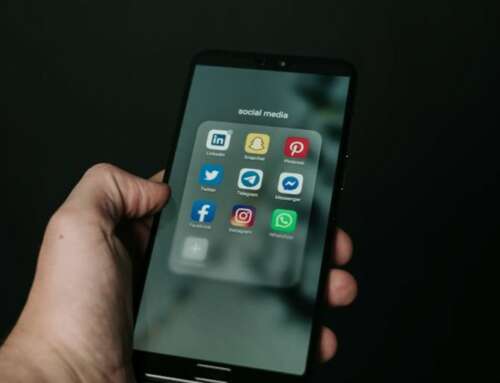
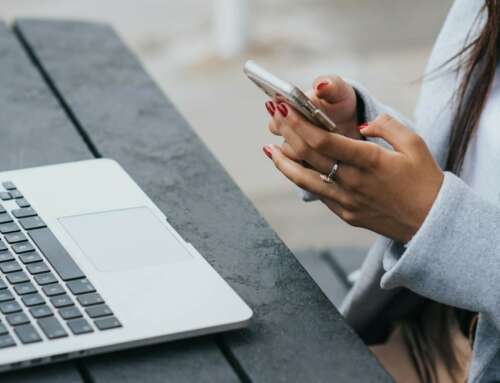
Leave A Comment